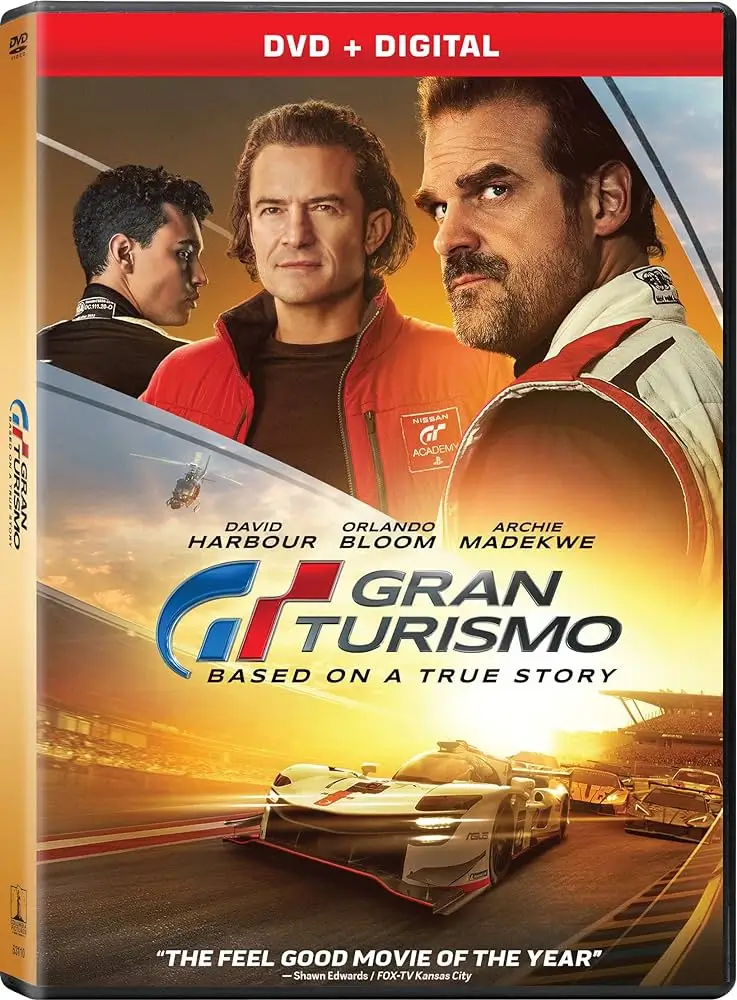Columbian multi-Grammy and Latin Grammy award-winning singer, composer and actor Carlos Vives has been a prominent musical figure for over 30 years.
With 14 albums under his belt, including his latest Cumbiana, Vivas has sold tens of millions of copies globally. He is best known for fusing styles of music, such as vallenato, porro, cumbias, pop, rock and reggaeton.
In Cumbiana, Vives does what he does best, brings it all. He incorporates all of these styles of music, while at the same time modernizing them.
The first track, “Hechicera” features Canadian R&B singer and songwriter, Jessie Reyez. The song, in both English and Spanish, is an upbeat tropical vibe song. It fuses styles such as pop and cumbia to create a sexy rhythmic song.
“For Sale” features Alejandro Sanz Spanish singer and songwriter, the song starts on a slower more relaxed pace but takes a vibrant turn as more instruments take over the track and the tempo picks up.
“El Hilo” featuring Ziggy Marley, and Elkin Robinson is another Bilingual song. A beautiful blend of reggae and vallenato, the artists bring their unique style and join to create and deliver an island vibe piece.
“Cancion para Ruben” featuring Ruben Blades, Panamanian singer, songwriter and actor, includes a classic cumbia rhythm mixed with salsa. This song heavily showcases both Panamanian and Columbian cultures. Throughout the song, both musicians proudly note their backgrounds and the traditional music of their countries.
He ends the album with “Zhigonezhi” a completely instrumental piece including many traditional African and Columbian instruments. The song is carried through a flute-like instrument and captures some sounds of nature.
At 18, Vives started his musical career, singing in a rock band while attending Jorge Tadeo Lozano University studying marketing. By 1986, he had formed group, La Provincia and released his first album, “Por Fuera y Por Dentro.” The band’s success led them to tour Columbia and South America. By 1987, they released a second album, “No Podras Escaparte de Mi,” and again in 1989, they released “Al Centro de la Ciudad.”
Being the multifaceted artist, he began landing roles in Columbian films like “Tiempo Sin Huella.” By 1991, Vives had landed the role of Rafael Escalona in the telenovela “Escalona,” one of the most significant roles in his career. The series followed Escalona’s life and the history and culture of his music style, vallenato.
The Telenovela’s two soundtrack albums, Escalona: Un Canto a la Vida and Escalona: Vol. 2, featured Vives singing Escalona’s songs. Inspired upon filming the series, Vives felt inspired by vallenato and turned towards that style of music.
Vives, throughout his career, has been known as “El Hijo del vallenato,” the son of vallenato. Vallenato is a popular music style originating from Columbia’s Caribbean coast.
It fuses Columbian, African and European cultures. Typically vallenatos include three main instruments, the guacharaca, a percussion instrument associated with indigenous culture, the caja, a drum associated with African culture, and the accordion associated with European culture.
Due to these origins, however, vallenato has traditionally been associated with the working class and poor minority groups. However, Vivas and other artists have successfully reintroduced and modernized this music style to become popular across the globe.
By 1993, Carlos Vives had started his own record company, Gaira. He released the album “Clásicos de la Provincia,” which certified platinum in the U.S and sold over one million copies. The album included a renewed version of the classic vallenato “La Gota Fría,” which peaked at #6 on the Billboard Hot Latin Songs chart. Although criticized for the new style he was creating and the classic style he was leaving behind, his album became an iconic piece.
His following album, “La Tierra del Olvido,” further established his new style of music.
By 2001, Vives had won his first Grammy for Best Traditional Tropical Latin Album with “Déjame Entrar.” Then again, in 2014, he won the same award for “Más + Corazón Profundo.”
Carlos Vives has earned himself a total of 11 Latin Grammy awards since and continues to dip into all genres of music. He has successfully created albums and rebranded and modernized classic styles of music like vallenato to fit today’s pop culture.


